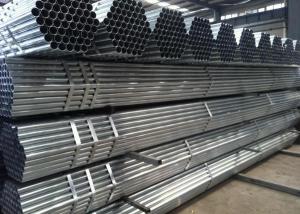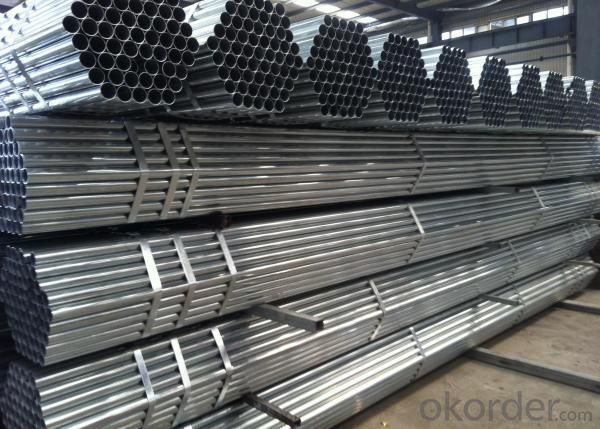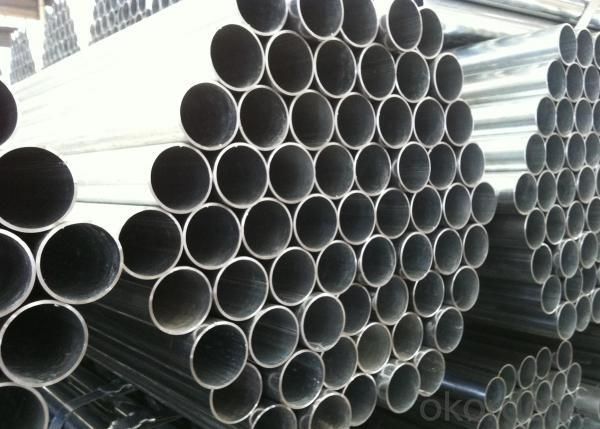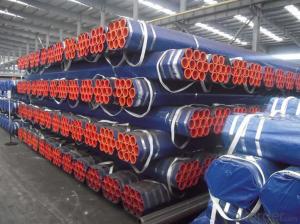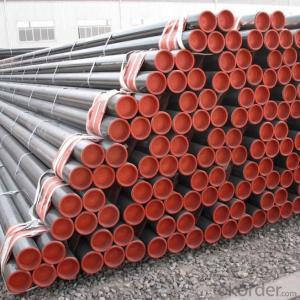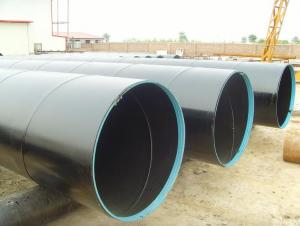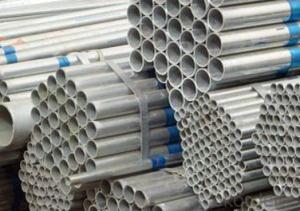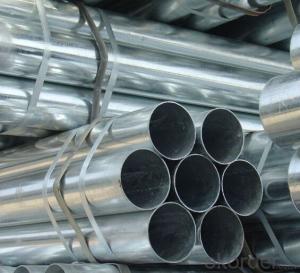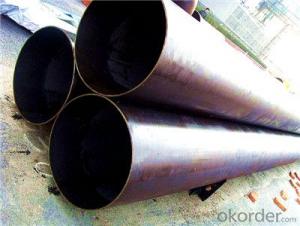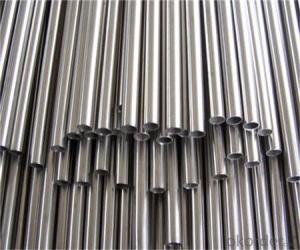Pre-galanized EMT Conduit Pipe With Lower Price
- Loading Port:
- China Main Port
- Payment Terms:
- TT or LC
- Min Order Qty:
- 1t m.t.
- Supply Capability:
- 5000 Tons Per Month m.t./month
OKorder Service Pledge
OKorder Financial Service
You Might Also Like
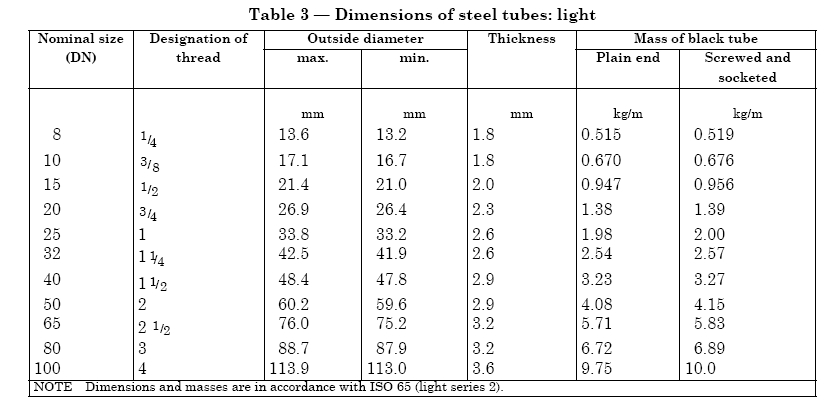
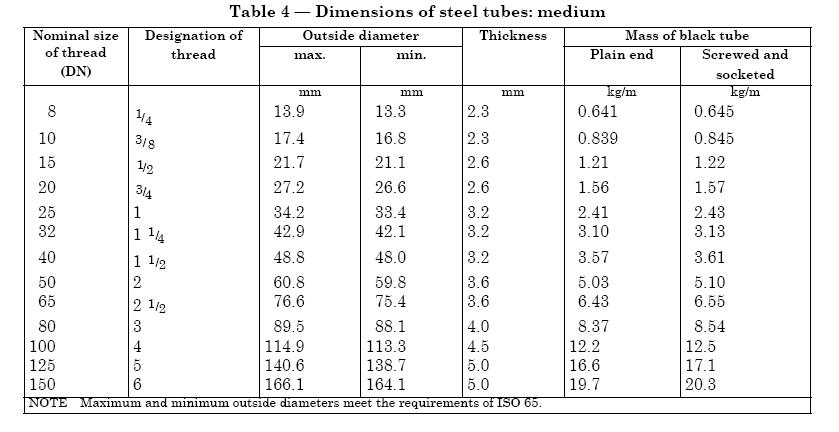
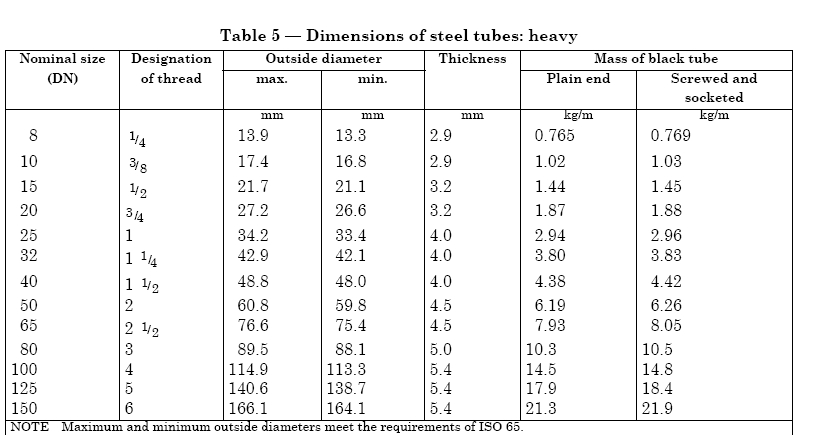
Specifications Of EMT conduit:
UL1242/ANSI C80.6 Intermediate Metal Conduit
Size:
1/2"- 4".
Package:
With steel coupling & cap
Material:
Q195 HIGH GRADE MILD STRIP STEEL
Intermediate Metal Conduit (IMC) is manufactured in accordance with:
>American National Standards for Steel. (ANSI C80.6)
>Underwriters Laboratories Standard for Electrical Metallic Tubing. (UL 1242).
Intermediate Metal Conduit (IMC) is threaded on both ends, one end is with a steel coupling, and the other end is with a plastic cap to protect the thread.
Surface:
Hot galvanized
Application of EMT conduit:
1 For low pressure liquid delivery such as water, gas and oil
2 For construction, e.g building greenhouse
Delivery of EMT conduit:30-50days
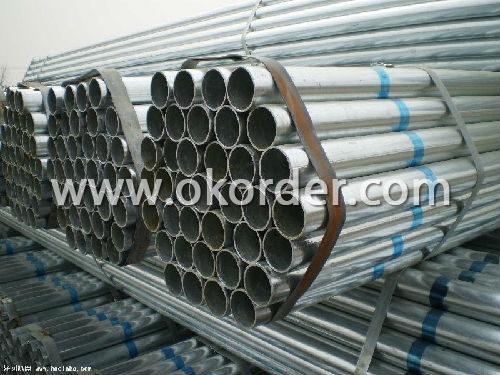

- Q: What is the pressure rating of steel pipes?
- The pressure rating of steel pipes can vary depending on factors such as the size, wall thickness, and specific grade of the steel used. However, steel pipes are commonly available in pressure ratings ranging from a few hundred PSI (pounds per square inch) to several thousand PSI, making them suitable for a wide range of applications.
- Q: How is the steel pipe dance installed at home?
- Portable pipe with instructions and CD can be installed, portable steel pipe of a new patent, convenient installation, no restriction site, no drilling, readily removable, adjustable height, stainless steel, solid.
- Q: Seamless steel tube 89X4 meters, how heavy?
- Generally seamless steel pipe wall thickness will be uneven, according to the theory, each meter is 8.3844 kilograms, but if the wall thickness is poor 20--30 wire, then the weight will increase some
- Q: How do you protect steel pipes from rusting?
- There are several ways to prevent rusting in steel pipes. One common method involves applying a protective coating to the pipes. This can be done using paint or other coatings specifically designed for metal surfaces. The coating acts as a barrier between the steel and the elements, stopping moisture and oxygen from reaching the metal and causing rust. Another method is to galvanize the steel pipes. This involves coating them with a layer of zinc, which creates a protective barrier against rust. Galvanizing is often used for outdoor applications or in environments with high moisture levels. Regular maintenance is also important for preventing rust. It is necessary to inspect the pipes for corrosion or damage and address any issues immediately. Keeping the pipes clean and dry can also help prevent rust formation. In some cases, sacrificial anodes can provide additional protection. These anodes, made of zinc or magnesium, are attached to the steel pipes. They corrode instead of the steel, sacrificing themselves to protect the pipes from rust. Proper storage and handling of steel pipes are crucial as well. They should be stored in a dry, well-ventilated area, away from moisture and humidity. Care should be taken to avoid scratching or damaging the protective coatings when handling the pipes. By implementing these methods and practices, steel pipes can be effectively safeguarded against rust, ensuring their longevity and durability.
- Q: How are steel pipes measured and categorized?
- Steel pipes are typically measured and categorized based on their outer diameter (OD) and wall thickness. The OD is measured in inches or millimeters, while the wall thickness is measured in inches or centimeters. Pipes are further categorized based on their schedule, which refers to the wall thickness and determines the pressure rating of the pipe. The schedule is denoted by a letter or number, such as Schedule 40 or Sch 80. These measurements and categorizations help in selecting the appropriate steel pipe for different applications and ensure compatibility with fittings and other components.
- Q: How do you join steel pipes together?
- There are several methods to join steel pipes together. The most common methods include welding, threading, and using mechanical connectors. Welding involves melting the ends of the pipes and fusing them together, creating a strong and permanent joint. Threading involves cutting threads into the ends of the pipes and using threaded fittings to connect them. Mechanical connectors, such as couplings or flanges, use fasteners or compression to hold the pipes together. The choice of joining method depends on the specific application and the type of steel pipes being used.
- Q: Are steel pipes suitable for high-temperature applications?
- Yes, steel pipes are suitable for high-temperature applications. Steel has excellent thermal conductivity and can withstand high temperatures without losing its structural integrity. Additionally, steel pipes have high tensile strength and can resist thermal expansion and contraction, making them ideal for transporting hot liquids or gases in industrial processes.
- Q: What is the outer diameter and wall thickness of DN40 steel pipe?
- DN40, refers to the diameter of 40mm, that is, an inch and a half, there are welded pipe and galvanized pipe,Ordinary wall thickness 3.5mm wt 3.84kg/mThicken 4.25mm weight 4.58kg/m
- Q: How do you repair a damaged steel pipe?
- To repair a damaged steel pipe, you can follow a few steps. First, identify the extent of the damage, such as cracks or holes. Next, clean the damaged area using a wire brush or sandpaper to remove any rust, debris, or old paint. Then, apply a suitable epoxy or sealing compound to seal the crack or hole. For larger damages, welding or brazing may be necessary. Finally, ensure the repaired area is dry and properly cured before testing the pipe for leaks or further issues.
1. Manufacturer Overview
| Location | Tianjin ,China |
| Year Established | 2004 |
| Annual Output Value | Above 100milion rmb |
| Main Markets | Main land;Middle East;Southeast Asia |
| Company Certifications | ISO 9001 |
2. Manufacturer Certificates
| a) Certification Name | |
| Range | |
| Reference | |
| Validity Period |
3. Manufacturer Capability
| a) Trade Capacity | |
| Nearest Port | Tianjin;Qingdao |
| Export Percentage | 41% - 50% |
| No.of Employees in Trade Department | 21-50 People |
| Language Spoken: | English;Chinese |
| b) Factory Information | |
| Factory Size: | 38000squar meter |
| No. of Production Lines | Above 10 |
| Contract Manufacturing | OEM Service Offered;Design Service Offered |
| Product Price Range | High;Average |
Send your message to us
Pre-galanized EMT Conduit Pipe With Lower Price
- Loading Port:
- China Main Port
- Payment Terms:
- TT or LC
- Min Order Qty:
- 1t m.t.
- Supply Capability:
- 5000 Tons Per Month m.t./month
OKorder Service Pledge
OKorder Financial Service
Similar products
Hot products
Hot Searches
Related keywords
